- Size
- Smallest
- Small
- Small to Medium
- Medium
- Large
- Giant
- Characteristics
- Smartest
- Hypoallergenic
- Fluffy
- Best Guard
- Best Family
- Best for Kids
- Low Shedding
- Healthiest
- Police Dogs
- Most Calm
- Quietest
- Color
- White
- Black
- Grey
- Brown
- Blue
- Red
- Coat
- Hairless
- Short
- Long
- Origin
- Japan
- China
- Australia
- Germany
- Italy
- United States
- France
- Group
- Hound
- Terrier
- Herding
- Toy
- Working
- Sporting
The World of Owls: 5 Fascinating Facts About These Nocturnal Predators

Photo by Robert Larsson on Unsplash
Owls, the mysterious creatures of the night, have captured the human imagination for centuries with their silent flights, keen hunting skills, and enigmatic presence. From folklore to scientific study, these birds of prey hold a special place in our hearts and minds. In this article, let's delve into five captivating facts about these nocturnal raptors.
1. Adaptations for Silent Flight
Owls are renowned for their stealthy hunting abilities, facilitated by specialized adaptations in their wings. Their primary feathers have serrated edges that help break up the turbulence created during flight, resulting in near-silent movement through the air. Additionally, the velvety texture of their feathers muffles sound, allowing these avian predators to approach their prey unnoticed.
Their unique flight features aren't limited to feathers. Owls possess broad wings and relatively large surface areas compared to their body size. This design enables them to glide effortlessly and navigate through dense forests or open fields with remarkable precision.
Related: The Speed and Flight Abilities of Owls: How Fast Can They Fly?
2. Exceptional Night Vision and Hearing
With large, forward-facing eyes, owls possess exceptional night vision. Their eyes are equipped with an abundance of light-sensitive cells called rods, enhancing their ability to see in low-light conditions. To add to this impressive trait, owls also have tubular-shaped eyes, giving them a wide range of vision.
Beyond their visual prowess, owls have acute hearing, thanks to asymmetrical ear placements on their heads. This unique arrangement allows them to detect and pinpoint the exact location of prey based on sound alone. Some species even have facial discs that work as a sound-collecting dish, amplifying faint noises and aiding in their hunting success.
3. Varied Diet and Hunting Techniques
Owls showcase remarkable adaptability in their diets, consuming a wide array of prey. While many associate them with hunting rodents, their menu extends to insects, small mammals, birds, and even fish. This adaptability allows them to thrive in various ecosystems, from forests to grasslands.
Their hunting techniques vary among species. Some, like the Great Horned Owl, rely on their strength to capture larger prey, while others, such as the Barn Owl, utilize their exceptional hearing to locate small rodents hidden in tall grass or beneath snow.
4. Diverse Species and Habitats
The owl family, Strigidae, boasts over 200 species, each exhibiting unique characteristics and habits. From the diminutive Elf Owl, measuring a mere 5–6 inches tall, to the majestic Eurasian Eagle-Owl, with a wingspan reaching over 6 feet, these birds display an incredible range in size and appearance.
Owls inhabit diverse environments worldwide, from tropical rainforests to Arctic tundras. Some species are strictly nocturnal, while others, like the Burrowing Owl, are more diurnal, remaining active during the day.
5. Cultural Significance and Folklore
Throughout history, owls have held symbolic significance in various cultures. Often associated with wisdom and knowledge in Greek mythology, the owl represented the goddess Athena and became a symbol of wisdom and protection. Conversely, in some cultures, owls were seen as harbingers of bad luck or death.
Beyond symbolism, owls feature prominently in folklore and literature. From Aesop's fables to contemporary stories, their mysterious and nocturnal nature captivates storytellers and readers alike.
Conclusion
Owls, with their enigmatic allure and remarkable adaptations, continue to captivate both scientists and enthusiasts. From their silent flight to their diverse hunting techniques and cultural significance, these creatures of the night remain a source of fascination and admiration. As we unravel more about these avian predators, the veil of mystery surrounding owls only deepens, leaving us endlessly intrigued by these nocturnal wonders.
Discovering these five fascinating facts about owls provides a mere glimpse into the rich and diverse world of these captivating creatures.
Whether silently gliding through the night or gracing the pages of folklore, owls stand as majestic symbols of the beauty and wonder of the natural world.
You May Also Like
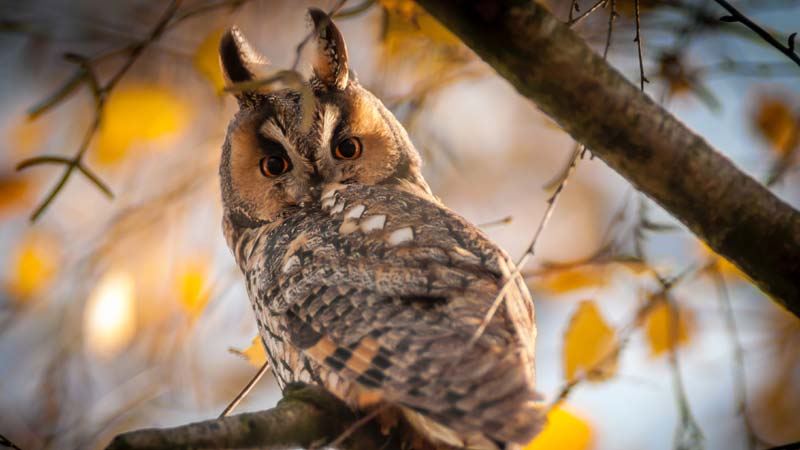 Other TopicsOwning Owls as Pets in Canada: Legalities and Considerations
Other TopicsOwning Owls as Pets in Canada: Legalities and Considerations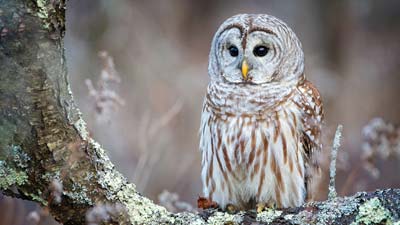 Other TopicsWhy Owls Are Not Suitable Pets: The Interplay of Law and Ethics
Other TopicsWhy Owls Are Not Suitable Pets: The Interplay of Law and Ethics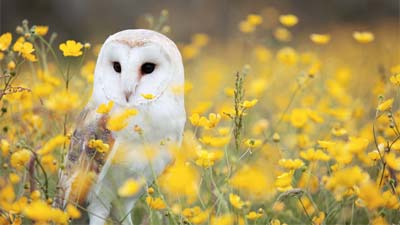 Other TopicsThe Legality of Owning Owls: Understanding the Laws and Ethics
Other TopicsThe Legality of Owning Owls: Understanding the Laws and Ethics Other Pets, Pet Birds8 Easy-to-Care-for Pet Bird Species for Beginners
Other Pets, Pet Birds8 Easy-to-Care-for Pet Bird Species for Beginners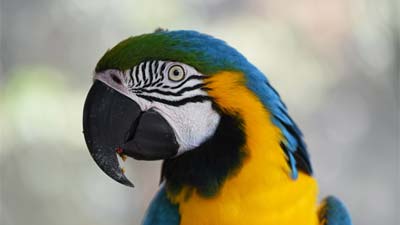 Other Pets, Pet BirdsThe Pionus Parrot: A New Owner's Guide (What To Know)
Other Pets, Pet BirdsThe Pionus Parrot: A New Owner's Guide (What To Know)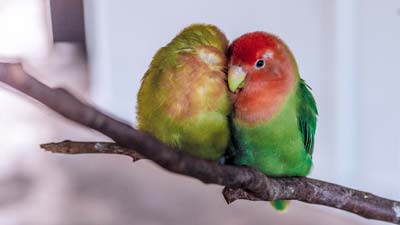 Other Pets, Pet BirdsThe Lovebird: A New Owner's Guide (What To Know)
Other Pets, Pet BirdsThe Lovebird: A New Owner's Guide (What To Know)